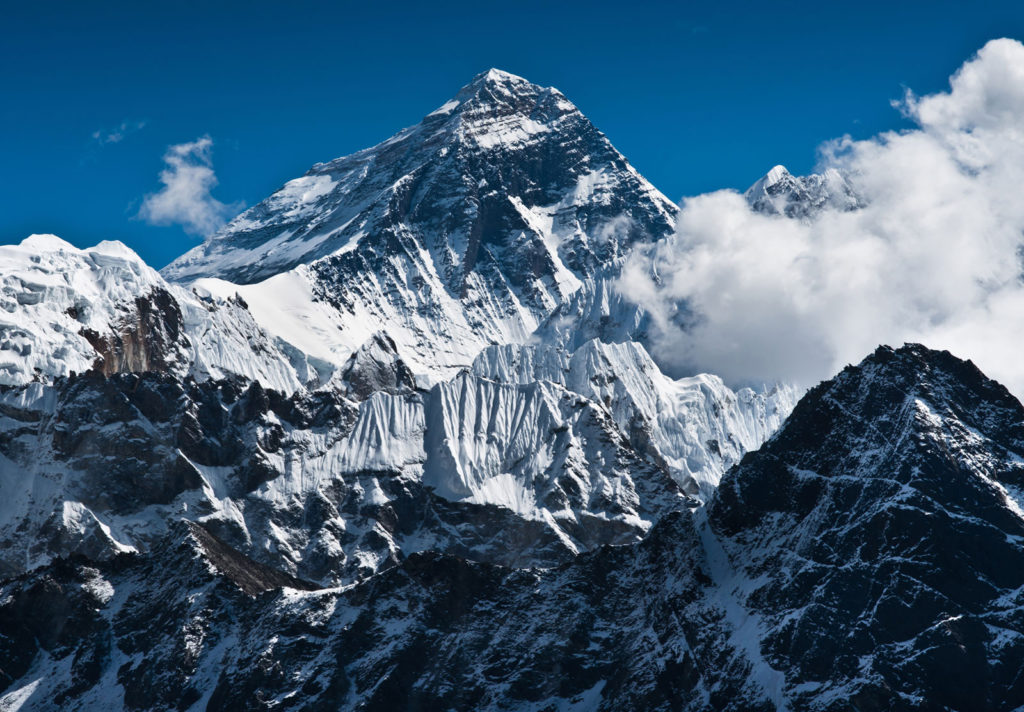KATHMANDU: Since Edmund Hillary of New Zealand and Tenzing Norgay Sherpa of Nepal successfully climbed the world’s highest peak, Mount Everest, on May 29, 1953, thousands have followed in their footsteps. Even though it has been 71 years since the first successful ascent, Everest’s climbing history spans over a century, beginning with a British team led by George Mallory and Guy Bullock in 1921.
Every spring season, hundreds of mountaineers from around the globe flock to Nepal to attempt the ascent of Mount Everest, after securing permission from the Department of Tourism (DoT). This year, the climbing route from Everest Base Camp (EBC) was completed on May 28, opening the way for domestic and international climbers, along with their support teams.
The DoT has also established a field camp at EBC to monitor and assist mountaineers. A Mountaineering Monitoring and Facilitation Committee, led by Khim Lal Gautam Khumbu, was set up to oversee operations. The field team has since returned to Kathmandu after the end of the season.
Over 600 mountaineers, including guides, ascended the peak this spring. Rakesh Gurung, Director of the Adventure Tourism and Mountaineering Branch at the DoT, noted that the statistics are preliminary and may vary slightly.
“According to the preliminary statistics of the DoT, over 600 mountaineers have ascended Mount Everest,” said Gurung. “The number of mountaineers is nearly the same for this season, but it could vary later on.” All climbers and climbing companies have already returned from the Everest region, he added.
The DoT issued climbing permits for 30 mountains this spring, totaling 1,000 permits. Among these, 792 permits were issued to male climbers and 210 to female climbers. The government collected Rs 689.87 million in revenue from these permits. Currently, the government has opened a total of 405 mountains for climbing, with the Nepal Mountaineering Association and other departments managing permits for 27 of these mountains.
Mount Everest is synonymous with both triumph and tragedy. This climbing season, five mountaineers died and three went missing. The DoT reported that three of the deceased were Nepali, and five were foreigners. Among the Nepali climbers who died were Pash Tenji Sherpa, 23, of Sankhuwasabha, Dwang Sherpa, 44, of Sankhuwasabha, and Binod Babu Bastakoti of Kaski.
The DoT noted that while Pash Tenji Sherpa and Binod Babu Bastakoti reached the summit, it remains uncertain whether Dwang Sherpa did. Tenji Sherpa and British climber Daniel Paul went missing between the Hillary Step and Kangshung Face. Kenyan climber Joshua Cheruiyot Kirui and Indian climber Bansi Lal did not reach the summit, and Romanian climber Gabriel Viorel Tabara died while ascending Mount Lhotse.
Despite the challenges, the spring season saw remarkable achievements. Kami Rita Sherpa of Thame set a new record by summiting Everest for the 30th time. Photojournalist Purnima Shrestha of Gorkha made history by climbing Everest three times in a single season, becoming the first woman to achieve this feat. Punjho Jhangmu Lama of Gorkha set a new record for the fastest ascent, reaching the summit from EBC in just 13 hours and 31 minutes.
The climbing season on Mount Everest continues to be a source of inspiration and challenge, reflecting the enduring allure of the world’s highest peak. As climbers celebrate their successes, they also honor those who have perished in pursuit of their dreams.

